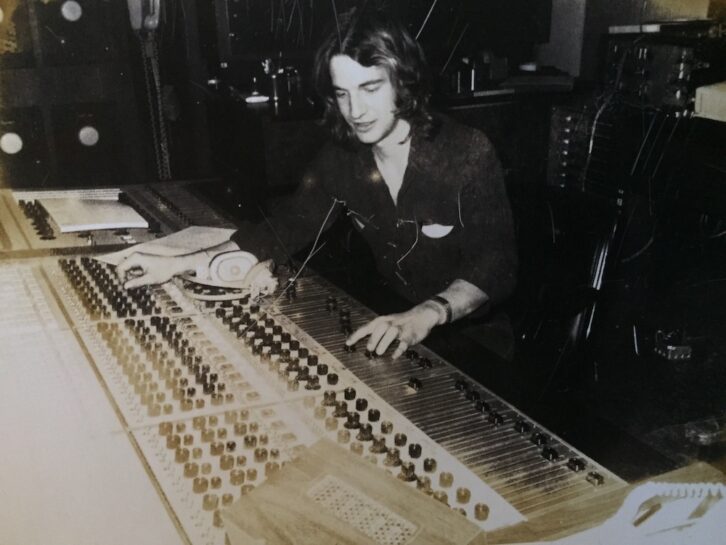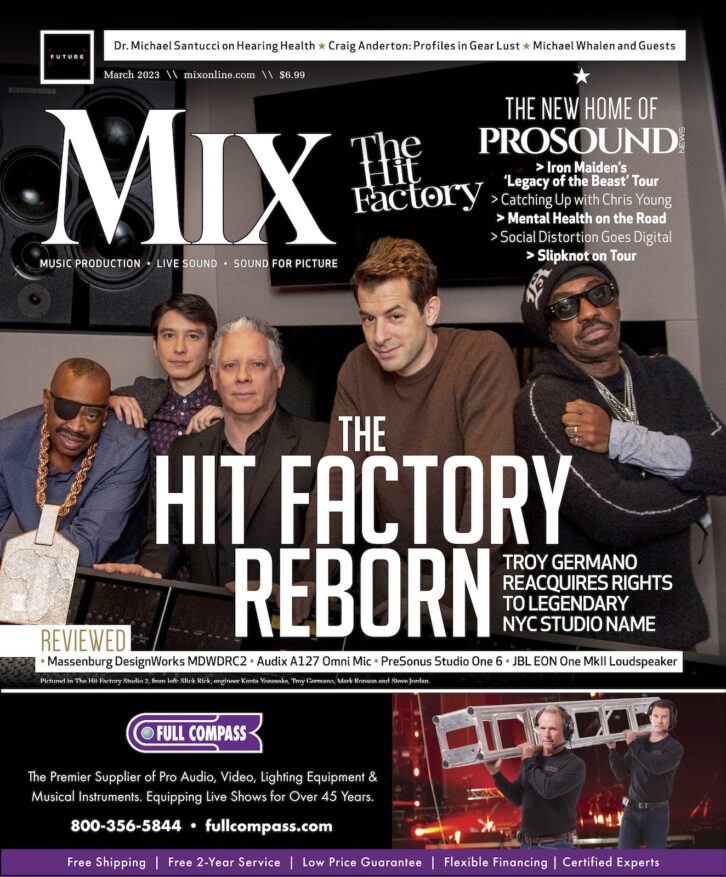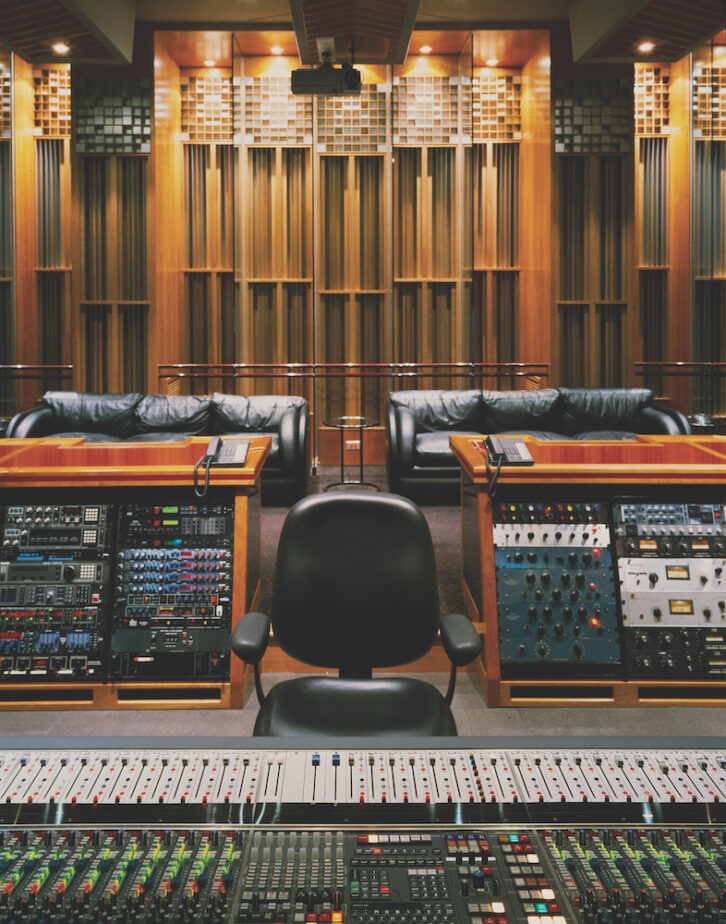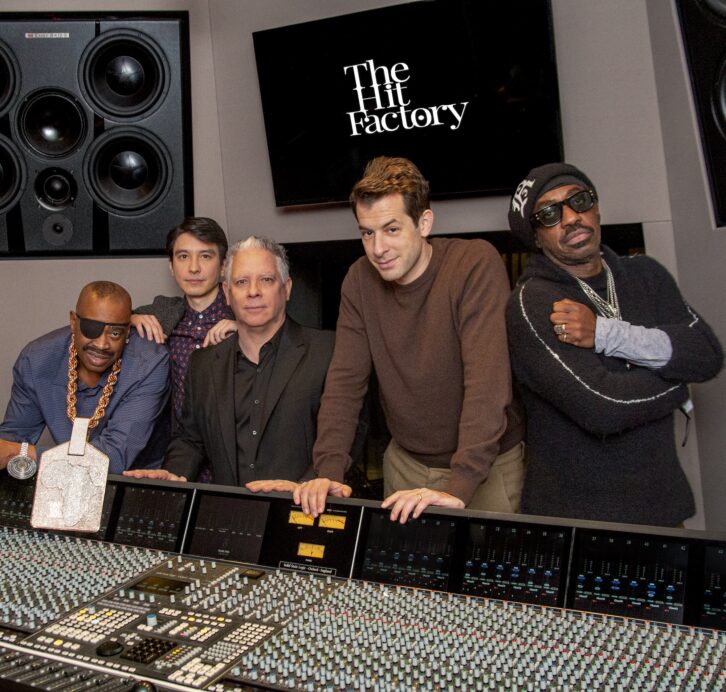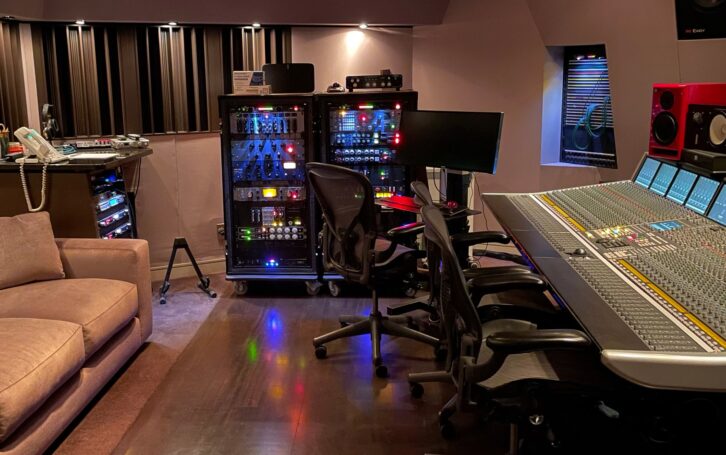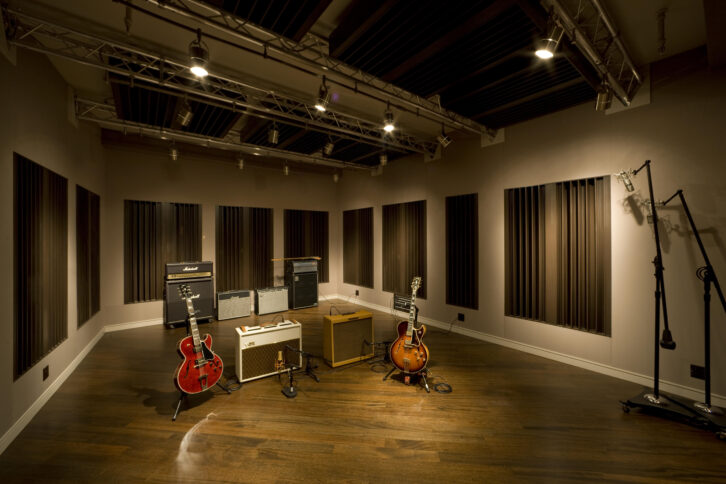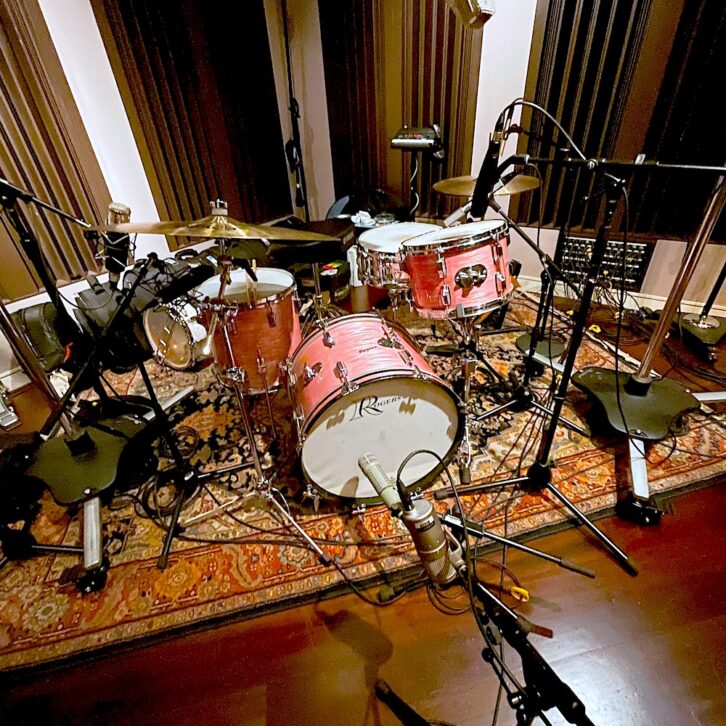
Continuing our protection of The Hit Factory‘s monumental return, we choose up from Parts 1 and 2, and conclude immediately with how proprietor Troy Germano constructed his personal legendary studio—after which seized the chance to deliver the Hit Factory legacy again residence.
GERMANO STUDIOS
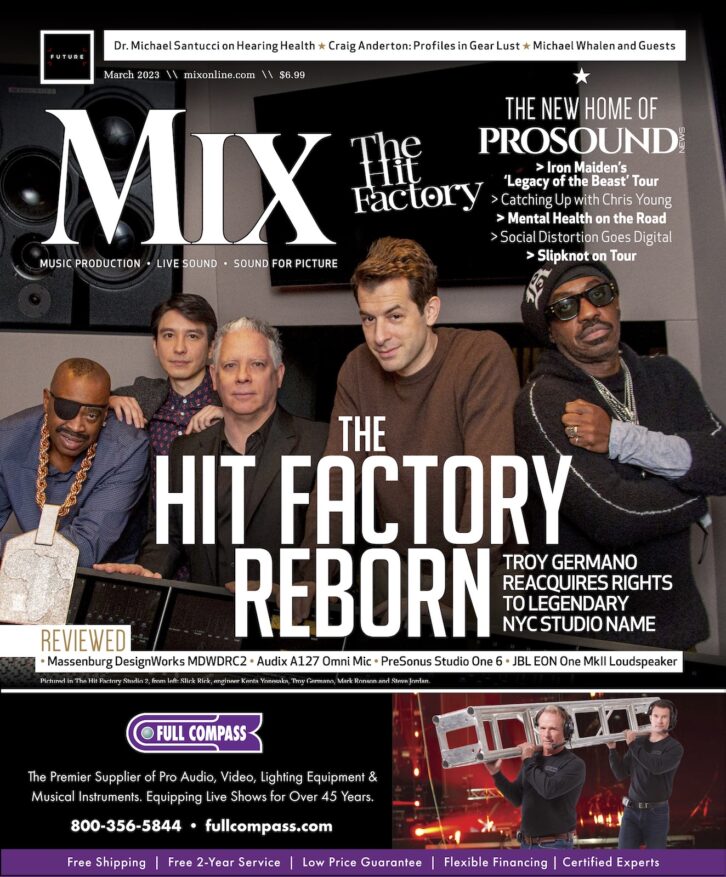
“There was a variety of press that was not correct when the studio on 54th Street closed down,” Germano says, with emphasis. “It had nothing to do with the state of the music business or folks working at residence or folks having manufacturing rooms, or with the studios not being busy. It was merely a real-estate concern between my mom and myself. After my father handed away, she wished to promote the studio and promote the actual property, and I used to be adamantly towards that.
“The studio was an energetic studio, the busiest studio in New York for a 20-year time period,” he continues. “It had nothing to do with the use or the change in know-how. Absolutely zero. It was strictly a dispute over an actual piece of actual property that I didn’t suppose must be offered. It’s actually a couple of household factor that simply type of went haywire—however it was at all times a aim at the back of my thoughts to get the identify again.”
Germano makes no bones about his anger and disappointment on the time, however after settling into his new actuality, he channeled that power into creating Germano Studios at a time when most individuals would have suggested towards it. He wasn’t going into it blindly, and he was assured in his method to working a hybrid analog-digital studio facility in a much-changed studio market. He had discovered from his father that it was vital to embrace change, whereas retaining the basics like vibe, service and relationships.
“I nonetheless suppose the analog console that may interface to Pro Tools in a digital area is the best way to go,” he says, “however to achieve success within the studio enterprise, it’s concerning the alternative of displays, the arsenal of analog and digital outboard gear, the microphone assortment, the sound of the reside room, the devices. It’s not only one or two or three issues; it’s seven, eight, 9, ten issues that really make folks need to be within the studio. And it’s not at all times simple. It’s an enormous funding, with fixed capital enhancements.” Recent updates embrace the addition of Dolby ATMOS and Sony 360 Reality Audio immersive mixing, and Germano at all times has his eye on the horizon for the subsequent change that can preserve the ability’s aggressive edge.
“I wasn’t strolling in right here with the clout of getting the Hit Factory model behind me,” he says. “It was a totally completely different factor; it was me, re-creating and reinventing what I do. The proven fact that it’s come full circle and the identify has come again to me simply proves to me that I made the appropriate resolution 15 years in the past after I opened this place.”
Still, he’s totally conscious that it’s principally concerning the expertise—the engineers within the room—that make a studio profitable; it’s one thing he discovered from his father. “Eddie was all concerning the man within the chair, and so is Troy,” Panunzio says. “I don’t suppose Eddie knew concerning the tools the best way Troy does, however he knew that what drew folks in had been the folks within the constructing. Whenever I am going to New York, Kenta [Yonesaka] is my engineer. He’s incredible.”
“I believe we’ve an important steady of younger engineers,” Germano provides, “and my chief engineer, Kenta, is somebody I’m very happy with. He’s now the longest-running workers engineer within the historical past of all of the Hit Factories. I actually pleasure myself on making an attempt to assist gifted younger engineers begin their careers, on educating them or their assistants easy methods to maintain onto purchasers—after which domesticate relationships and true friendships which are going to be lasting their entire profession, their entire lives. I’m going to place them in the appropriate conditions with the appropriate shopper, after which they’ve to know easy methods to develop that relationship and easy methods to be sure that these purchasers at all times need to be right here.”
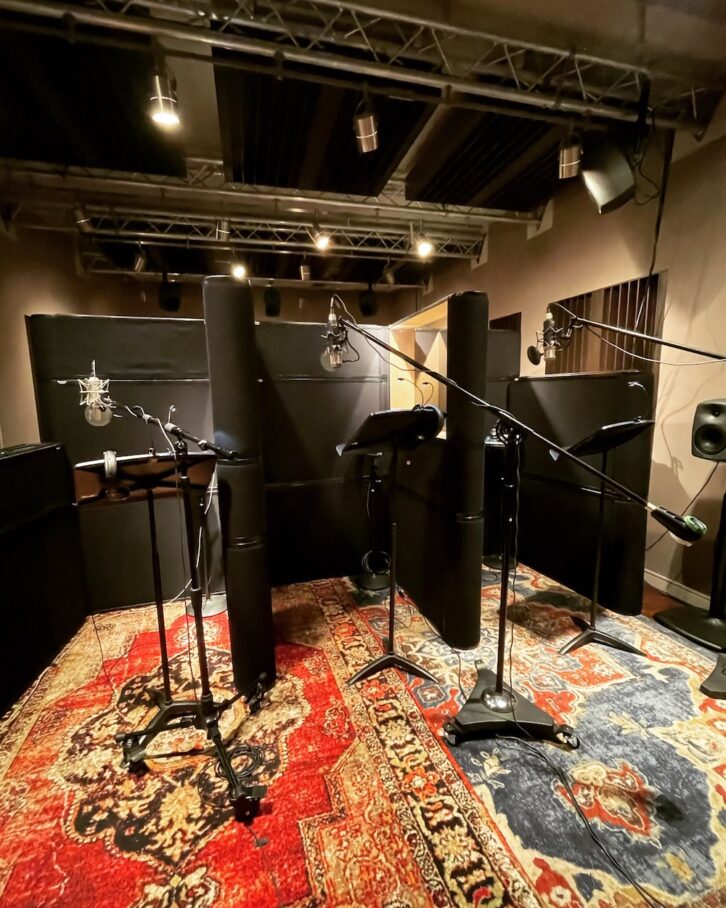
COMING FULL CIRCLE
“Here” is now as soon as once more The Hit Factory, although to regulars, the Germanos and The Hit Factory are all however one and the identical.
“It labored out, however it was a pursuit, there’s no query about it, and it wasn’t a straightforward job,” Germano says. “It took a very long time to get the trademark and brand and the IP and every thing else after my mom handed. There had been legal professionals and conferences and it value some huge cash, however there was by no means a query about doing it. Even although I like the best way we’ve constructed Germano Studios, and I’m very happy with the goodwill that me and my workers have created over the past 15 years, switching the identify actually did make excellent sense.
“It’s one thing I’m captivated with,” he provides, “and I believe you may be seeing extra Hit Factory studios popping up in just a few attention-grabbing locations over the subsequent variety of years. There are licensing alternatives with the identify. I have already got Germano Acoustics and the audio system, we’ve the Waves plug-in that I’m very happy with, and there’ll be new merchandise based mostly round just a few issues I’ve been engaged on.
“One of the explanations I named it Germano Studios in 2008 wasn’t from an ego perspective. It was actually to let folks know that The Hit Factory was nonetheless right here. It took a very long time, however I’m joyful it’s labored out so properly.”
“He’s acquired loyal purchasers,” Panunzio concludes. “He’s a hustler, which he discovered from his father—no person may hustle higher than Eddie—and he’ll preserve that place working perpetually. He creates an important vibe, he’s acquired nice expertise working with him and he runs an important studio. People love being with him, and that’s finally what it’s all about.”

